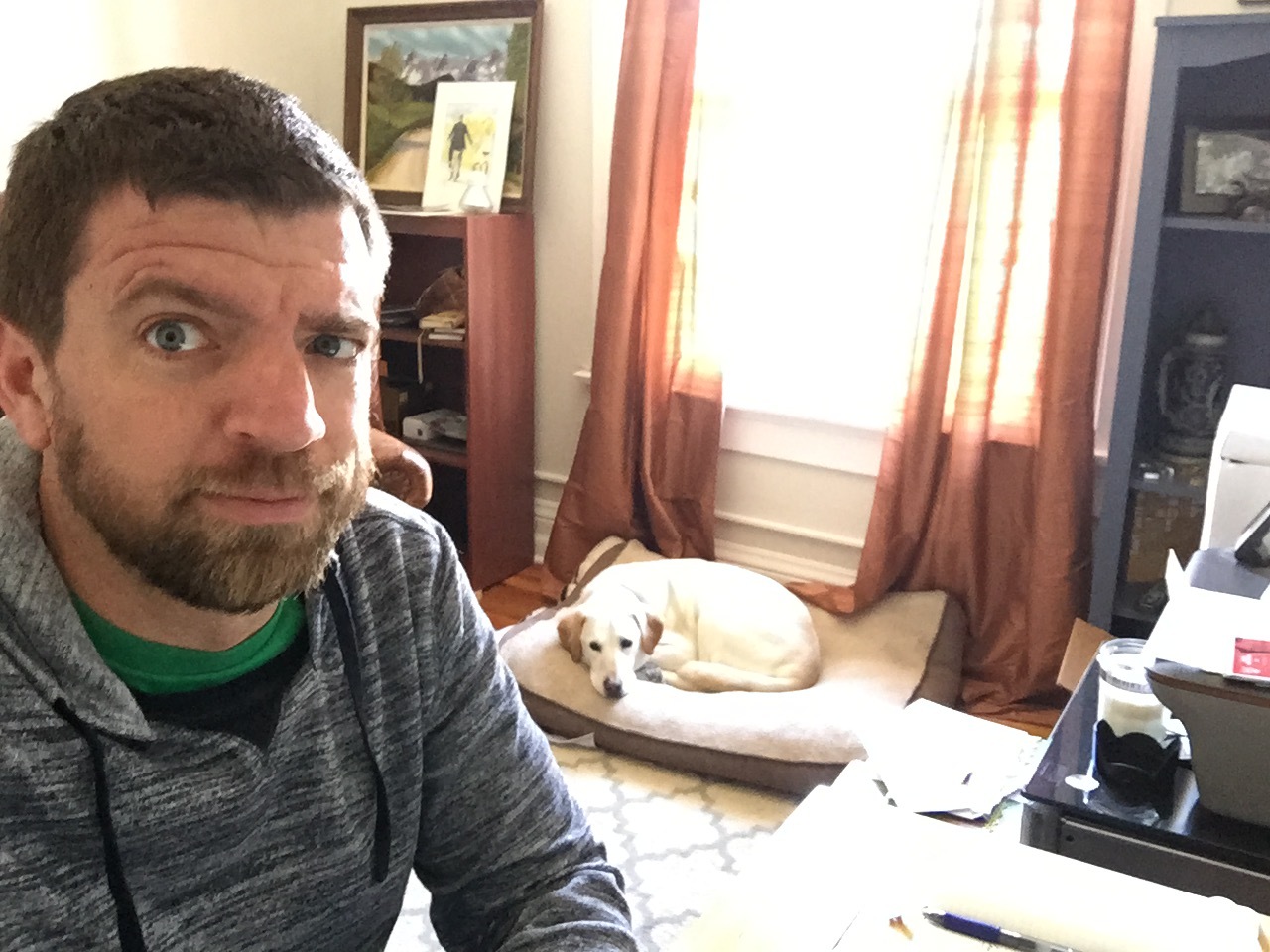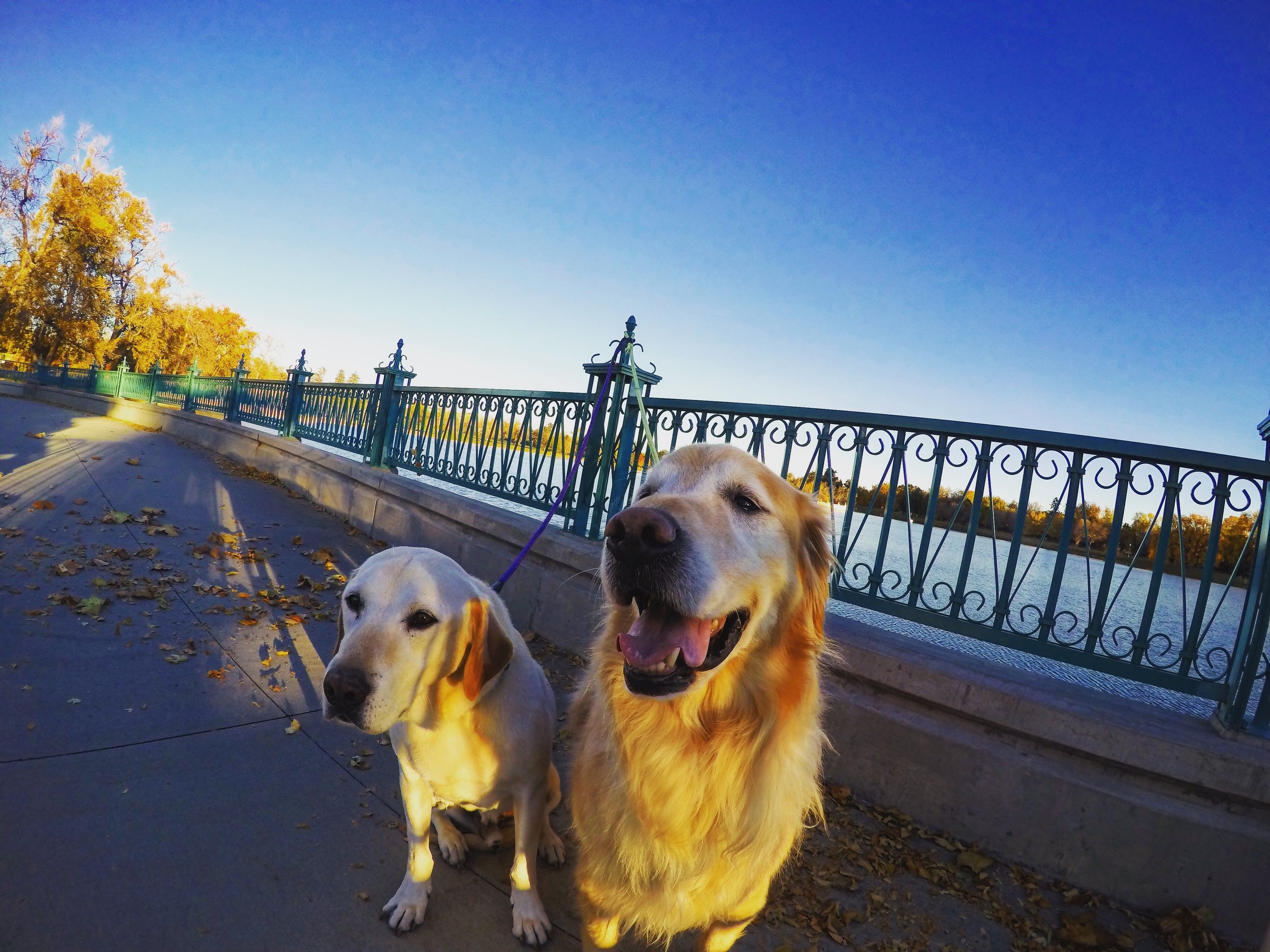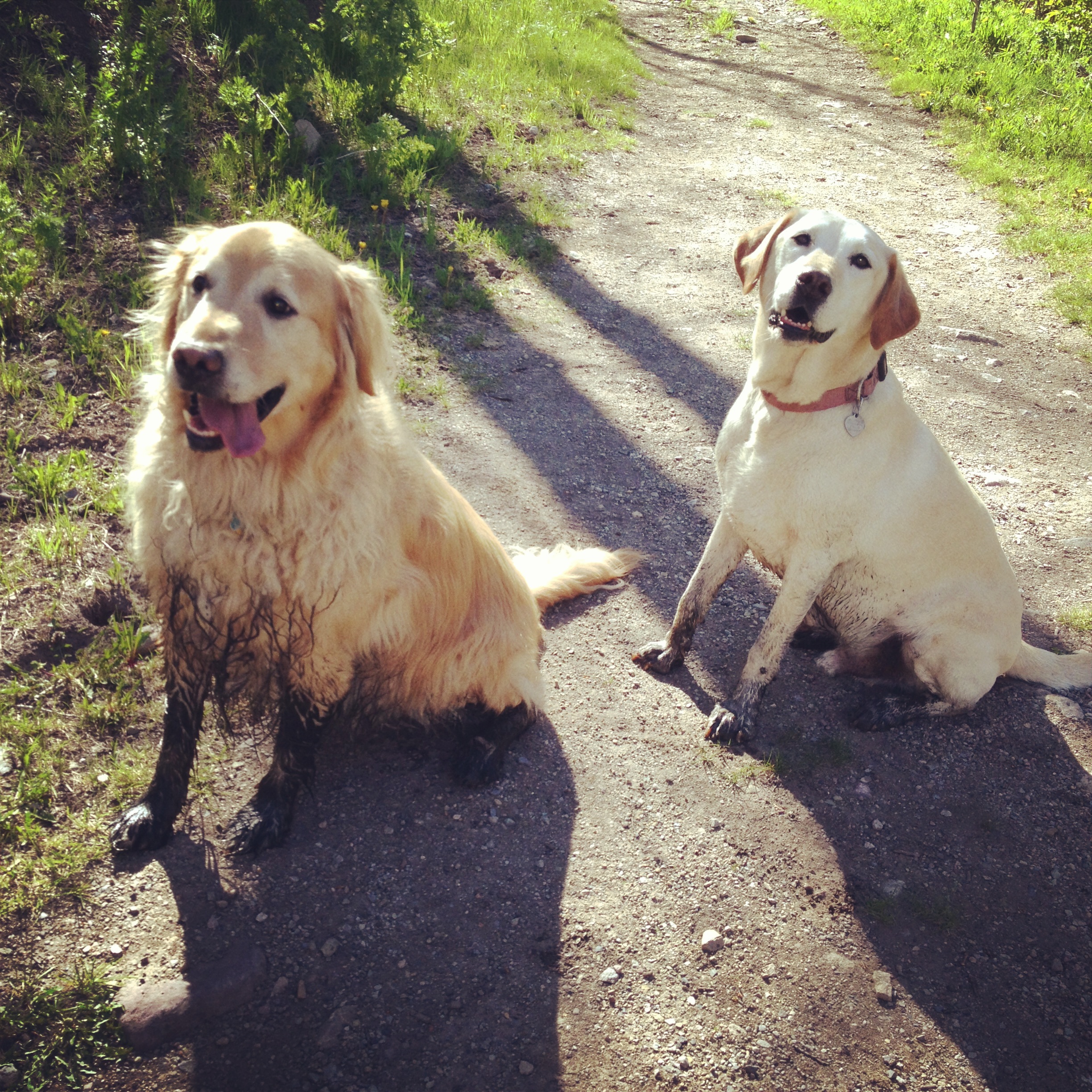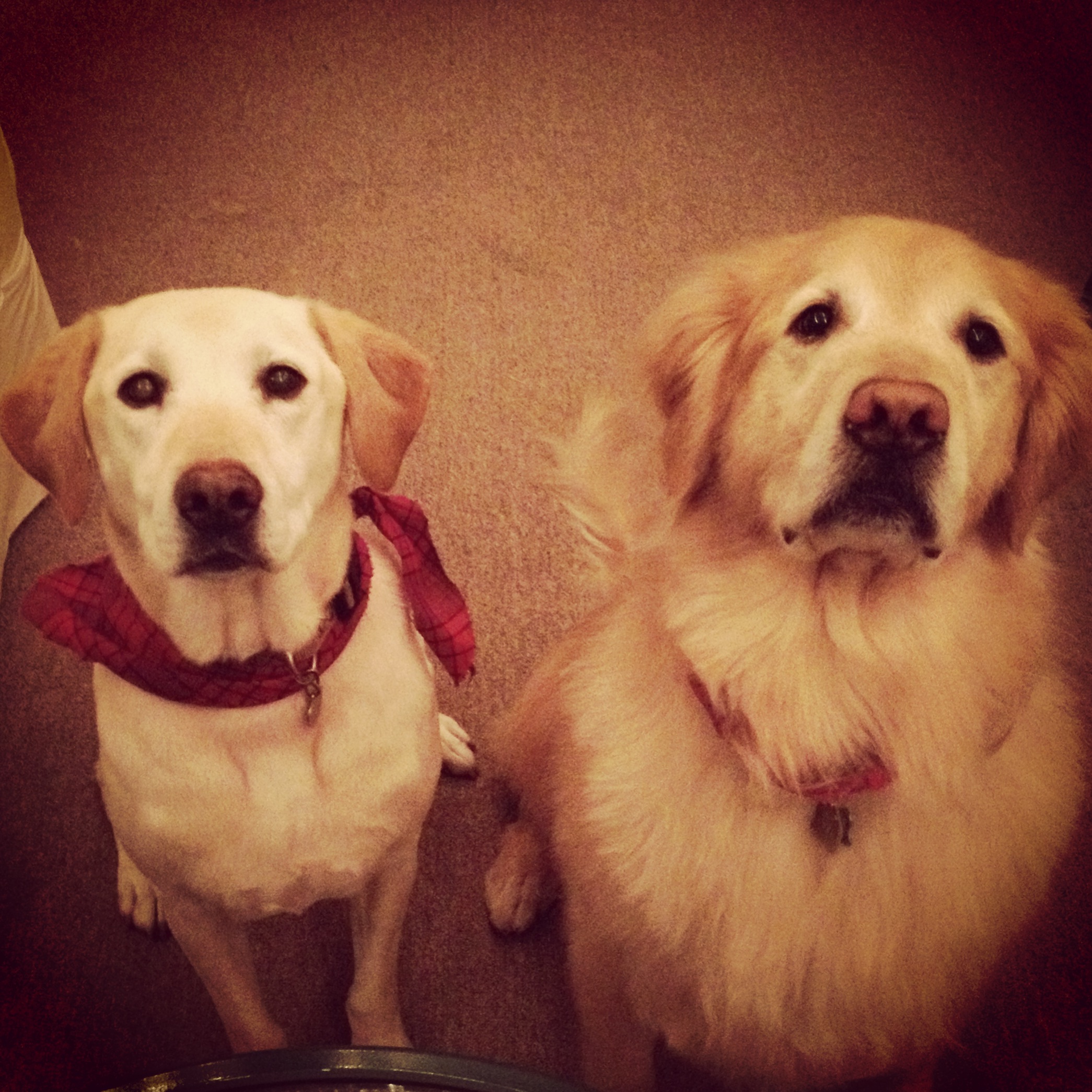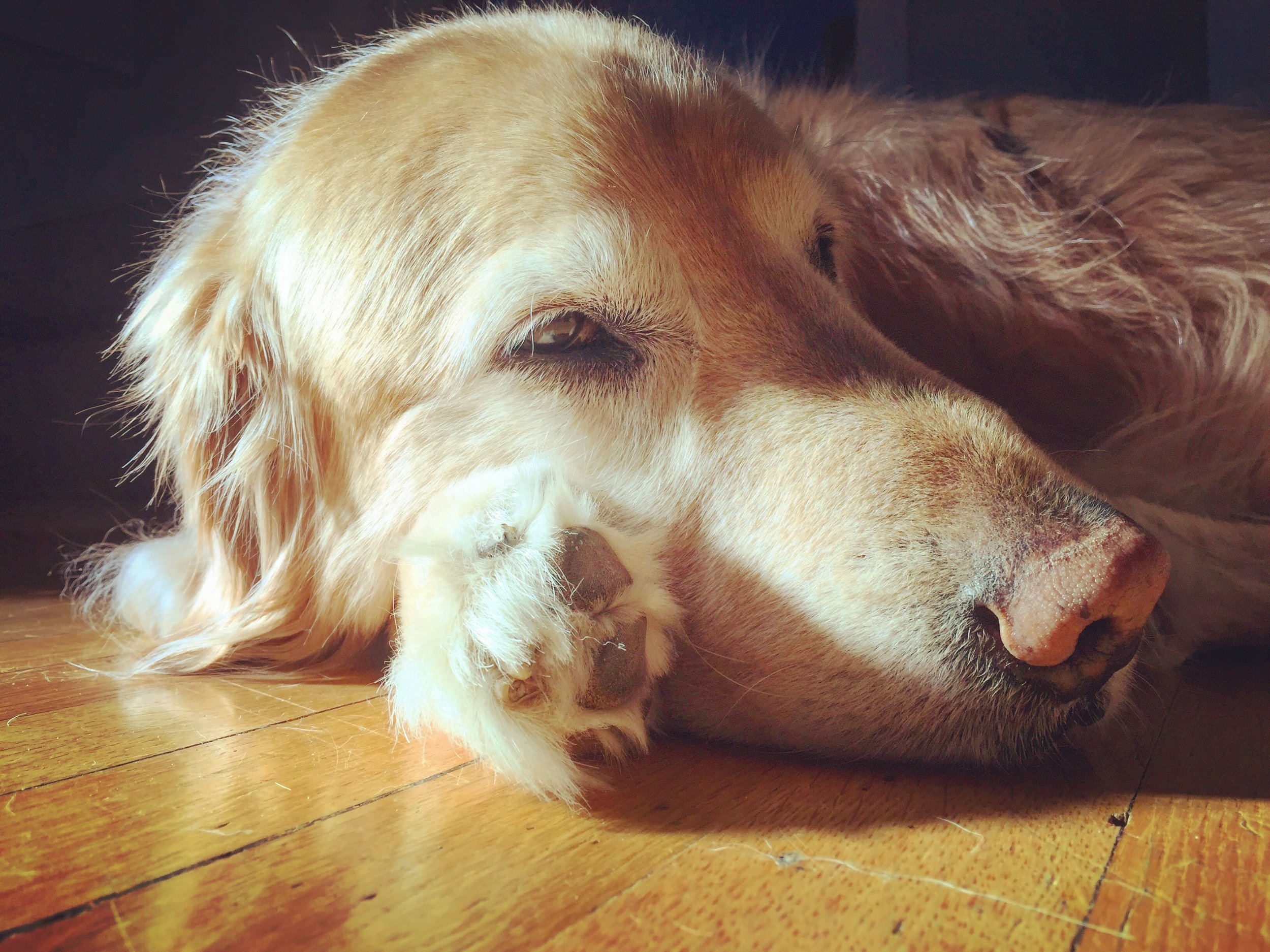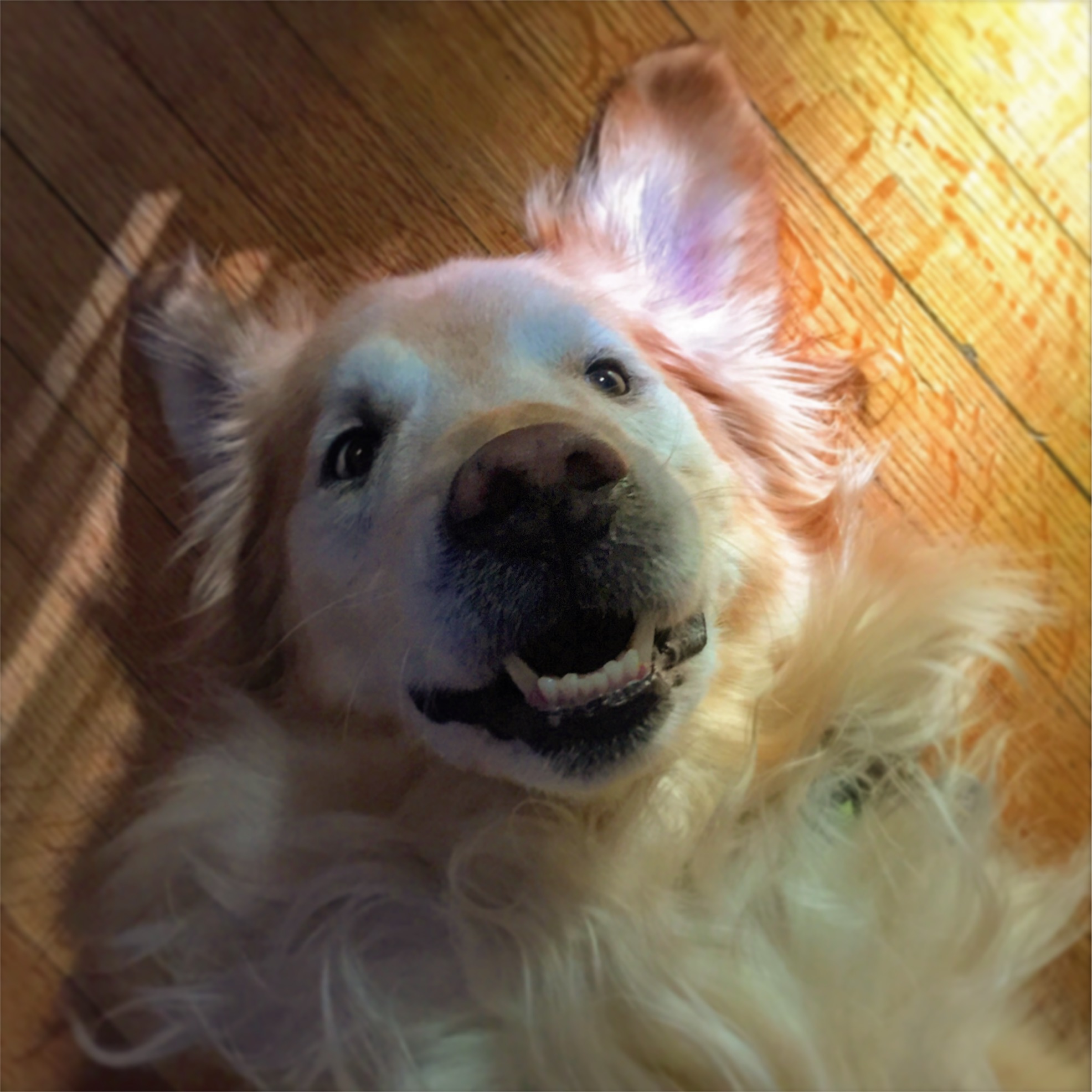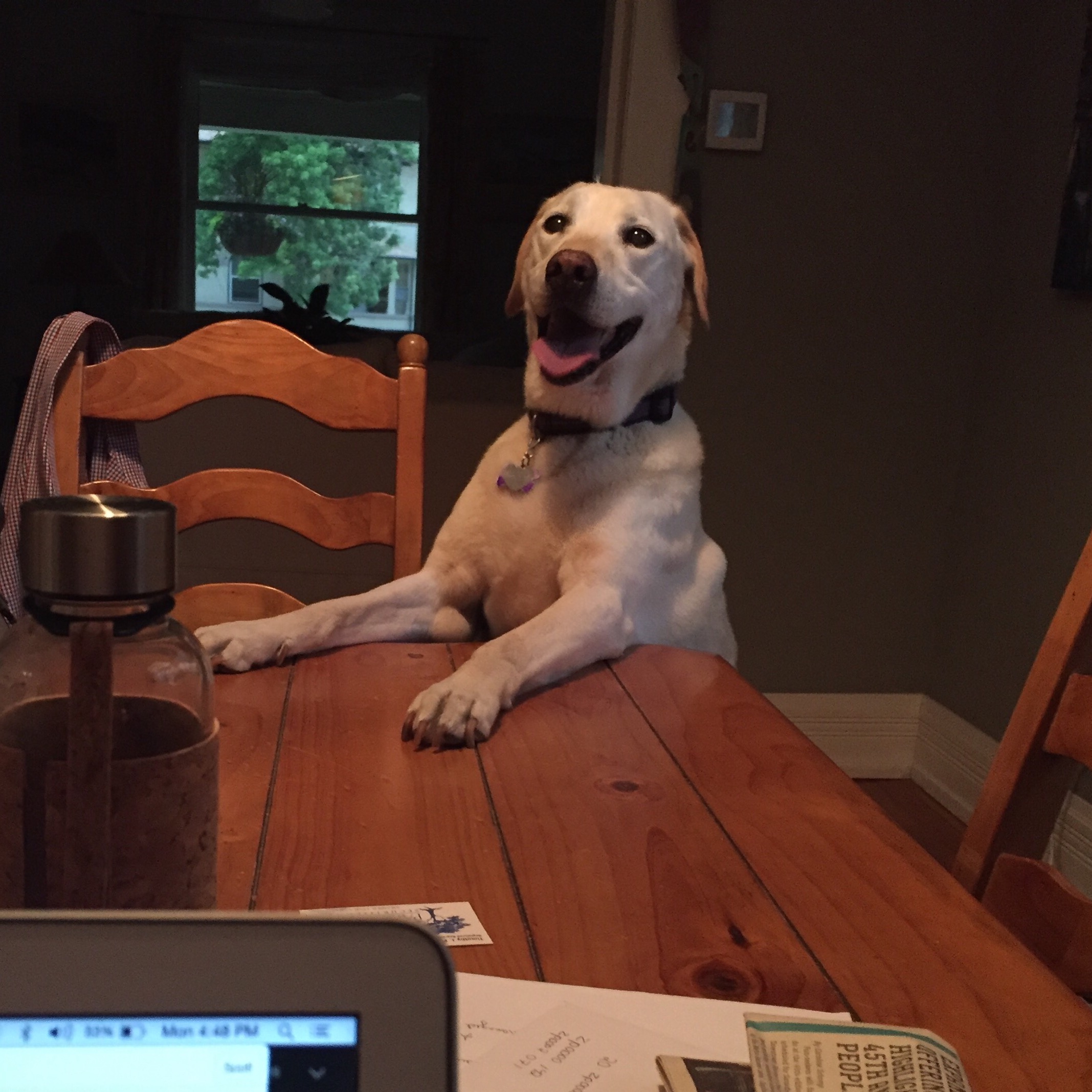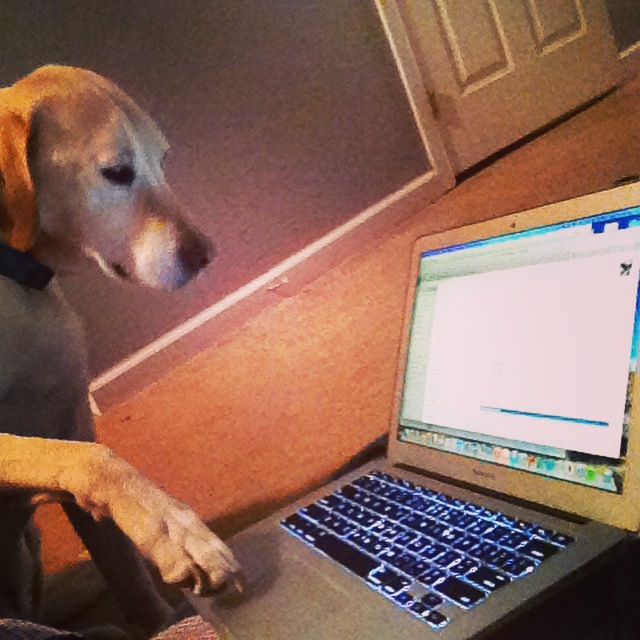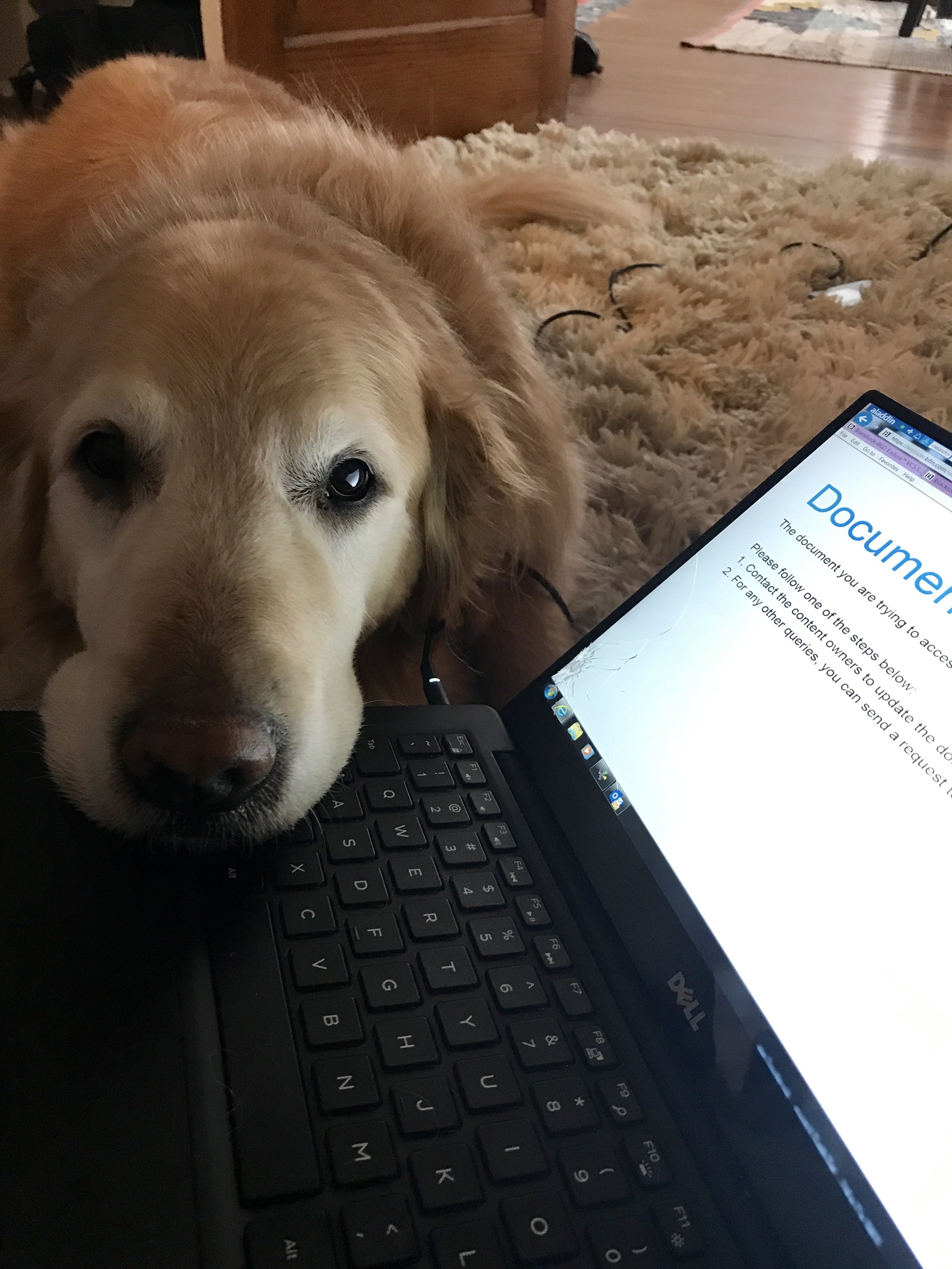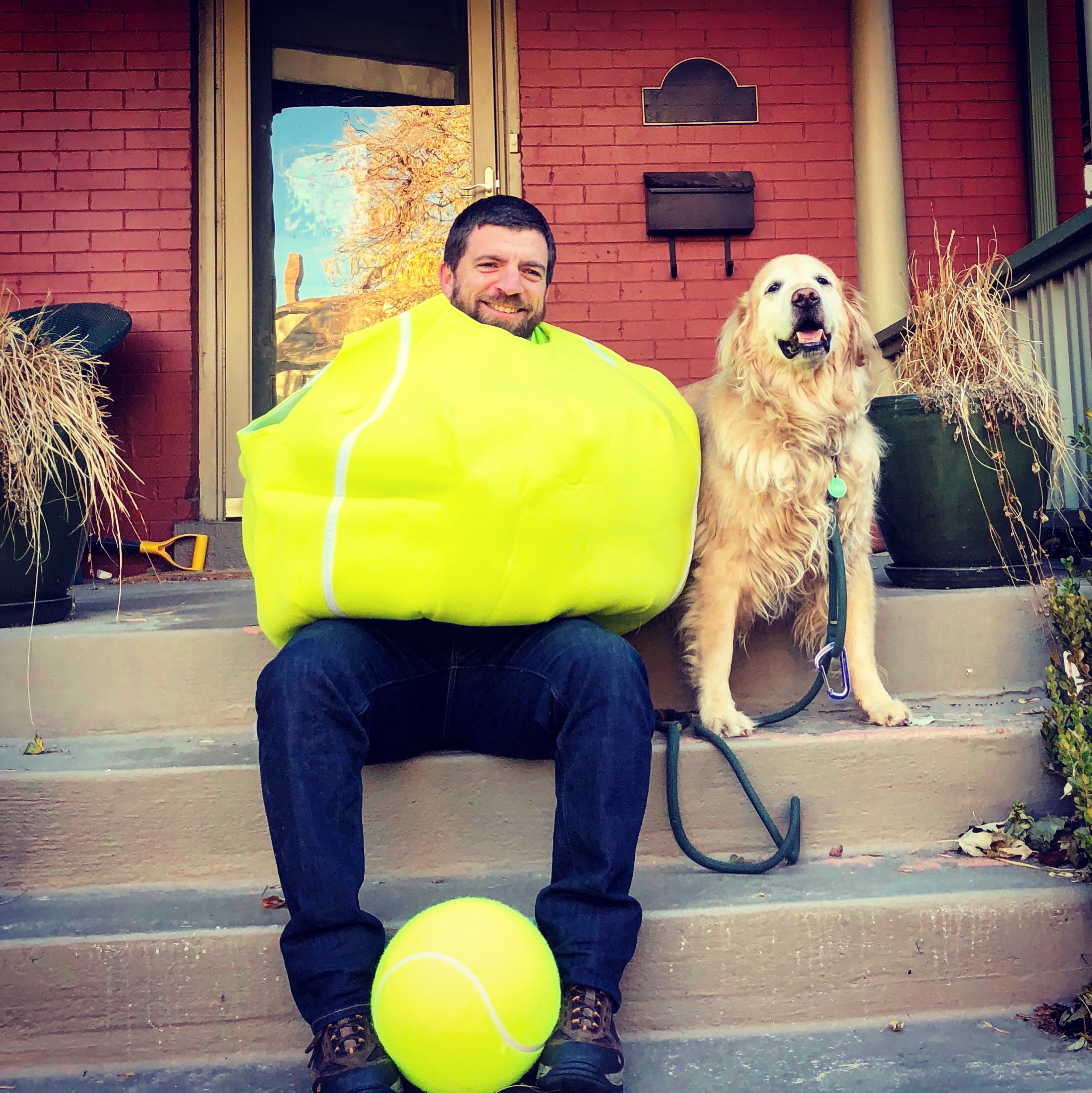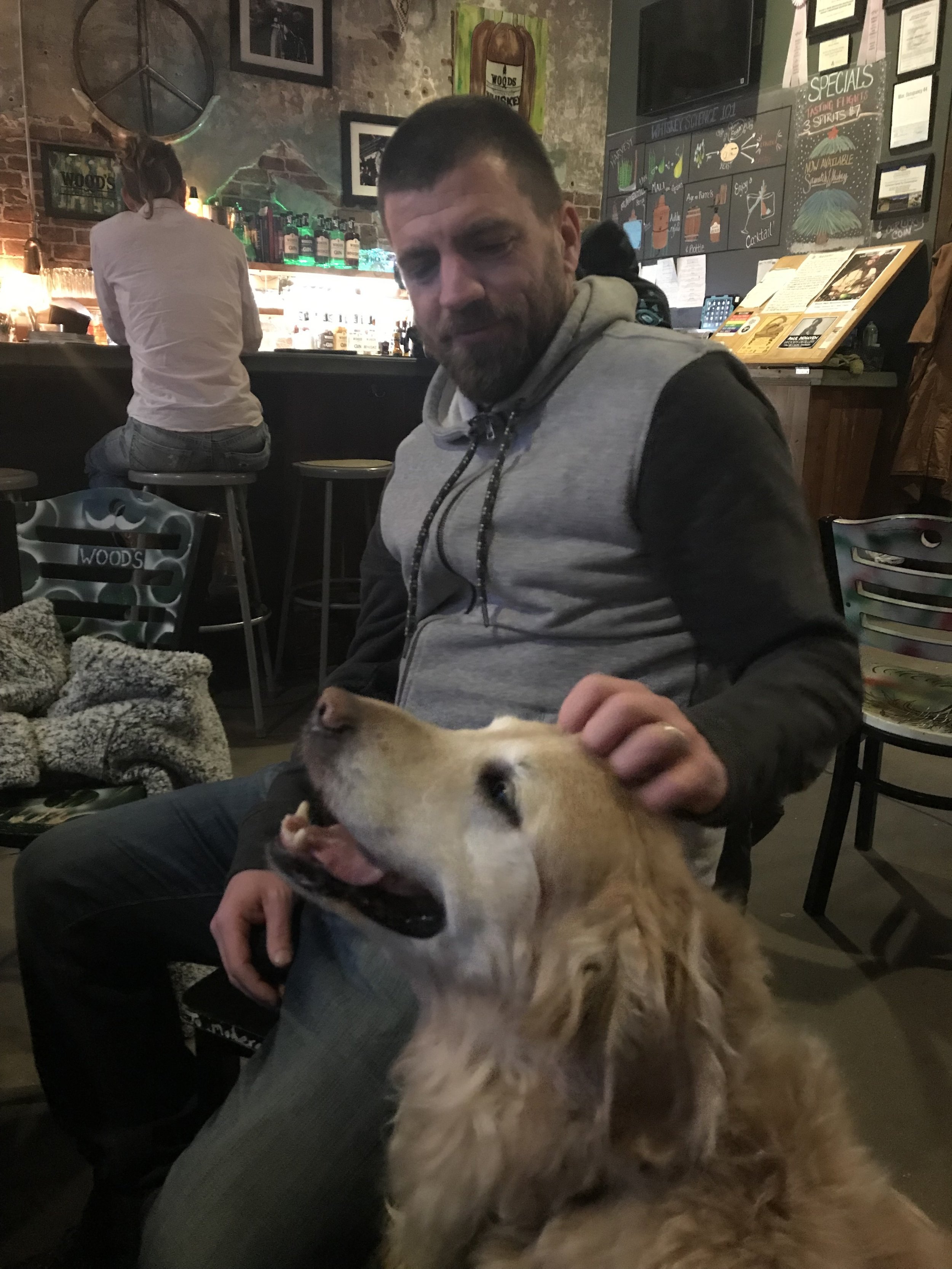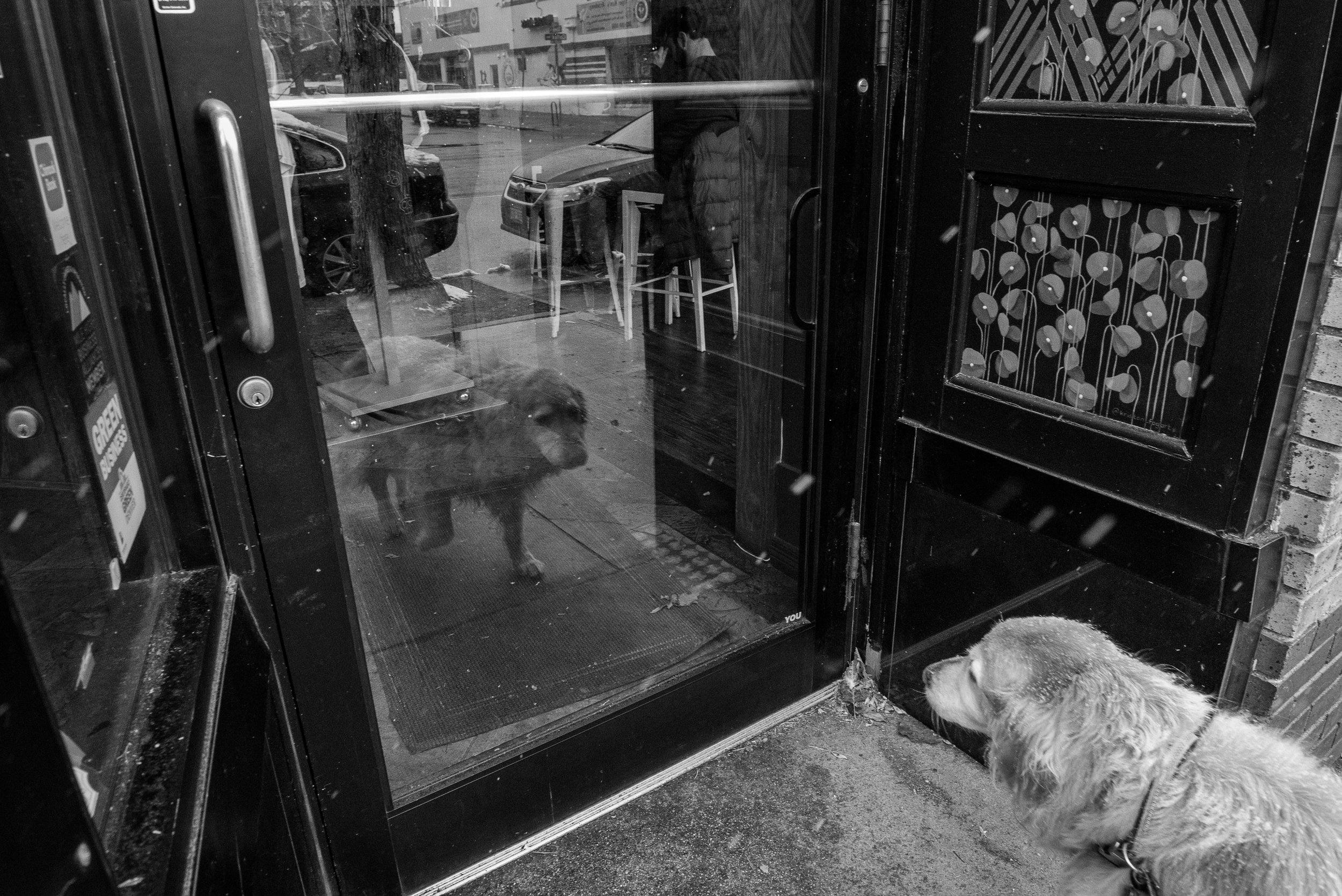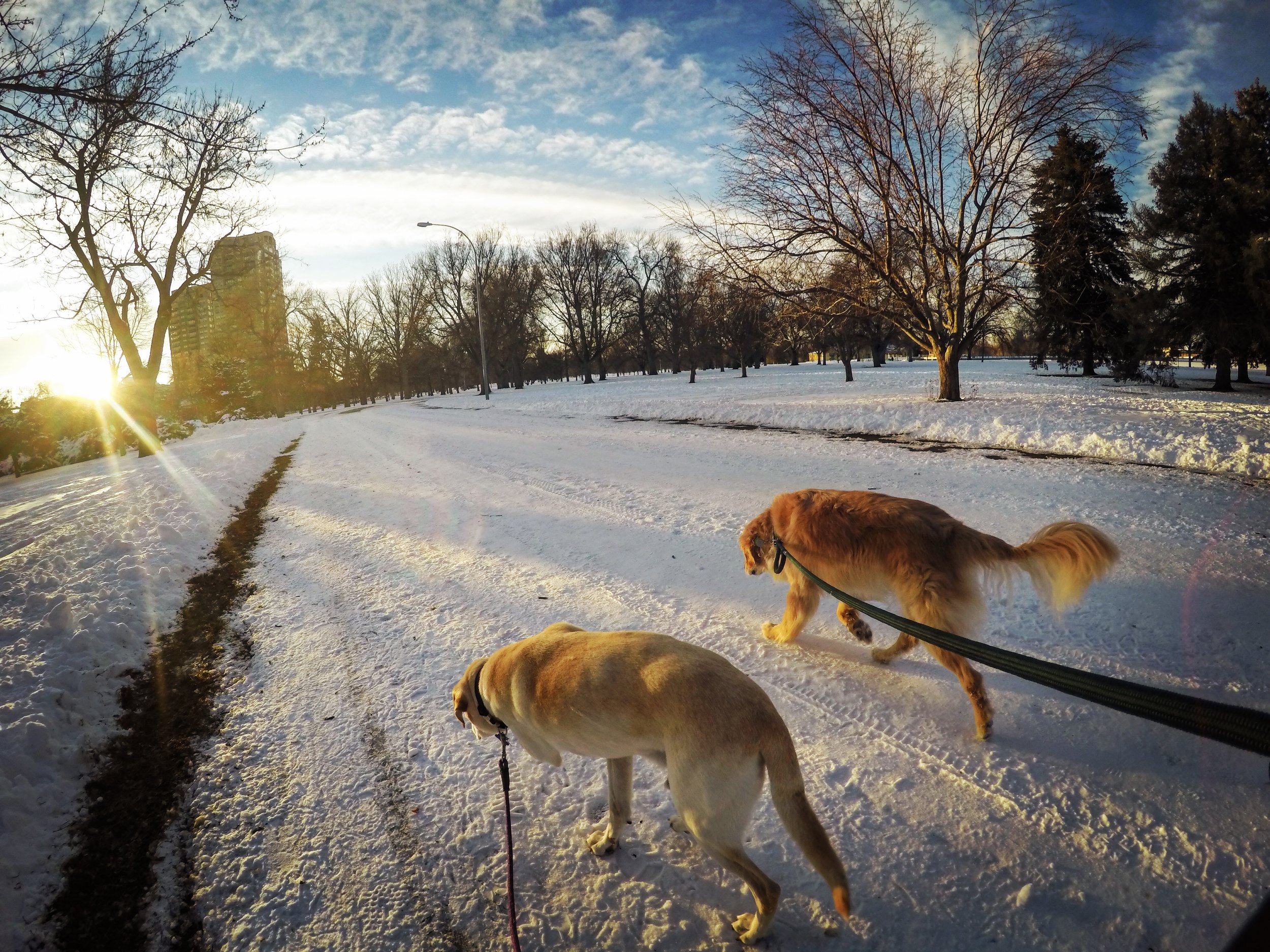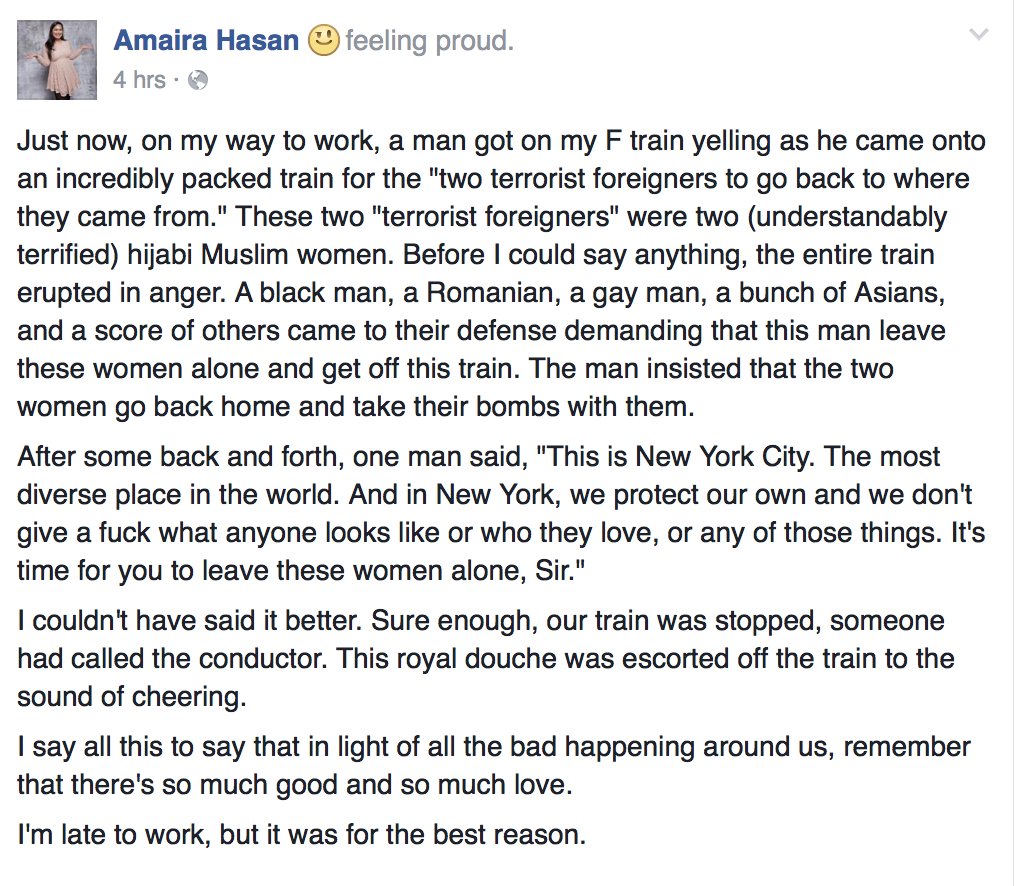The thing I can never shake is how clear the sky was that day. Not a single blemish.
The other snapshots and flashes and blurred recollections aren’t all as clear. But they’re all there, in a box, in the back of my brain, that gets dusted off and opened up every now and then.
None of what’s in there is particularly unique or special or even that traumatic. It’s just the stories we tell ourselves and carry over time.
People say never forget - but what are we remembering?
A normal Tuesday began at the Longworth House Office Building, just across the street from the Capitol. We were all in our 20s, working for Baron Hill, a congressman from southern Indiana. We didn’t know anything.
A gasp from a woman in our office, who saw the first images of the smoke leaking out of the tower. Another coworker’s friend worked at the WTC, as he tried to call him. Everyone huddled around small TVs in our office. We watched the second plane hit on live television. There were lots of screams.
Some minutes later Baron called us into his office to try and calm nerves. The TV was on NBC. Jim Miklaszewiski was reporting from the Pentagon, when it was hit by the third plane.
Baron told us all to go home. Evacuation announcements followed.
My mind had not caught up to the events yet. I went back to my desk and tried to call our district office about something. Phones were down. I resumed working on a press release about Social Security. People were leaving the building. Alarms were sounding. Our chief of staff was walking out of the office and saw me still at my desk. He said something like “What the hell are you doing? Get out of here."
I was new enough in my job that I didn’t have a parking spot in the garage yet, so my car was right outside the building on New Jersey Ave SE. When I got outside, curiosity pulled me the half block toward the Capitol building. People were running everywhere. A US Capitol police officer was running away from the Capitol, right toward me, waving his hands to get away. I think he yelled at me to run, but I don’t know - and didn’t know then they thought a fourth plane was coming that way. There was so much noise.
I went back to my car and into flight mode - trying to get onto 395 and back to my apartment in Rosslyn. Capitol Hill streets were all jammed, but I finally got across the bridge, only to sit in gridlocked traffic right next to the Pentagon. The smoke from the plane crash wafted over the highway.
Radio broadcasts had reports of bombs all over DC, the National Mall being on fire, and speculation of a chemical attack. You could feel panic set in. I looked at other stopped cars around me and saw people begin to cover their mouths with shirts and scarves and handkerchiefs.
The smell of that smoke was horror.
The GW Parkway exit I would normally take home was blocked, so I went a long way around Arlington National Cemetery. The streets were empty, but for fire trucks and emergency vehicles barreling towards the crash site.
My apartment building was only a couple miles north of the Pentagon. When I got home, my roommates were staring out our 10th floor living room window - a crystal clear view of the gaping, fiery hole that the plane had made.
We went up to the roof at some point. Someone had a telescope. I looked through the viewfinder and wish I hadn’t. People were running out of the fire. Some people were running into it.
I couldn’t get a hold of my mom. She was traveling back to Indianapolis from visiting my grandma in the Upper Peninsula. She was on a plane when the attacks happened, and when I realized that a deep terror came with it. Her plane was diverted back to Detroit when the ground stop was issued. There were no rental cars. Nothing was moving. She was stuck there.
I don’t remember if my friend Jerremy called me or I called him. But through some miraculous phone tag, he ended up volunteering to drive the four hours from where he was in South Bend to Detroit to get my mom, and then drove her five hours to Indianapolis.
My dad was on a trip in Ireland, and it took several hours to finally get through to him. It felt like everyone was too far from home.
That night from our balcony in Rosslyn, we watched the armada of helicopters returning the president from Andrews.
For what seemed like weeks, the crash site at the Pentagon smoldered. We went back to work, passing missile batteries and military check points on our way to the office. The hum of passenger planes descending into DCA was no more, replaced by the silence of military jets circling the air space high above.
We didn’t think anything would ever be the same. We didn’t have a frame of reference for what the punctured illusions of ourselves would mean - or what the sacrifice of the few and the sameness for many would lead to.
We all went on about our lives - pierced, broken, embattled, or otherwise. And the stories we tell ourselves are there to comfort our sorrow or make sense of our grief or bring some shred of hope to the despair.
That’s maybe worth remembering.

